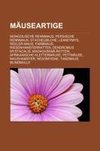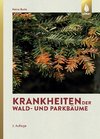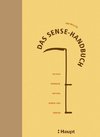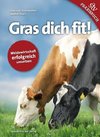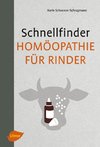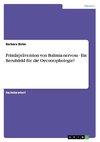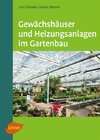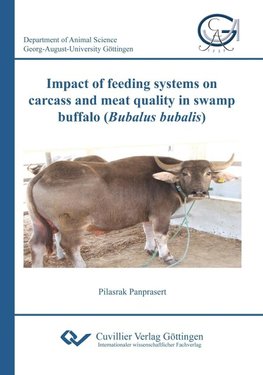
-
 Anglický jazyk
Anglický jazyk
Impact of feeding systems on carcass and meat quality in swamp buffalo (Bubalus bubalis)
Autor: Pilasrak Panprasert
In Thailand, beef for human consumption is mainly derived from native cattle and buffaloes. Previously, buffaloes were used as draught animals in rice fields. Nowadays, farmers no longer raise buffaloes for working but rather for meat production. The predominant... Viac o knihe
Na objednávku
15.93 €
bežná cena: 17.70 €
O knihe
In Thailand, beef for human consumption is mainly derived from native cattle and buffaloes. Previously, buffaloes were used as draught animals in rice fields. Nowadays, farmers no longer raise buffaloes for working but rather for meat production. The predominant breed in Thailand is the swamp buffalo which is raised extensively. The demand for high-quality meat has been increasing due to changes in the socio-economic pattern of the population, such as an increasing standard of living and education.
The overall goals of this study were to compare carcass characteristics, meat quality and fatty acid profiles of swamp buffaloes fed diets with varying proportions of concentrate, roughage and pasture during the fattening period. In particular this study addresses the effect of concentrate supplementation in pasture-fed animals with the aim to establish recommendations for optimum ways of fattening Thai swamp buffalo.
Therefore, 24 male swamp buffaloes, 12 months of age, were randomly allocated to four groups of six animals each. One group grazed on a pasture of pure Guinea grass (Group 1), the second group grazed on a mix of Guinea grass and the legume Stylosanthes guianensis (Group 2), The remaining twelve buffaloes were raised in pens and fed either 1.5 % (n=6; Group 3) or 2.0 % (n=6; Group 4) of their body weight in concentrates. All animals had free access to fresh water. They were weighed at the beginning and the end of the fattening period and slaughtered at an average body weight of 398 kg (± 16). Hot (45 min post mortem) and chilled carcasses (24 h post mortem) were weighed and carcass length was determined. Dressing percentage was defined as the ratio of chilled carcass weight to live weight. Loin eye area was measured between the 12th and 13th rib. Proportions of retail cuts were determined both by dissection of the right half of the carcass according to "Meat and Livestock Commission¿ and of the left half according to Thai cutting style. pH of the meat was determined 45 min and 24 h after slaughter.
Meat quality parameters and fatty acid composition were determined on the longissimus dorsi muscle. Meat color was measured at 12th rib cut 48 h after slaughter. Water holding capacity was assessed via substance losses occurring during different procedures. Frozen samples of Longissimus dorsi muscle were thawed and kept at 4°C for 24 hours. Thereafter they were weighed and sealed in plastic to be boiled in a water bath and weighed again. In this way freezing and boiling loss were assessed. After that, six core pieces were removed from the boiled meat for shear force determination using an Instron apparatus. For the determination of grilling loss, samples were grilled in a convection oven until an internal temperature of 70°C was reached. The grilled samples were evaluated by trained panelists, who were asked to grade samples for tenderness, juiciness, flavor and overall acceptability. Samples from the Longissimus dorsi were minced and analyzed for moisture, protein and fat content. Susceptibility of lipids to oxidation was assessed by the 2-thiobarbituric acid method. Lipid was extracted from Longissimus dorsi samples for fatty acid analysis via capillary gaschromatography.
- Vydavateľstvo: Cuvillier
- Rok vydania: 2012
- Formát: Paperback
- Rozmer: 210 x 148 mm
- Jazyk: Anglický jazyk
- ISBN: 9783954042371

 Nemecký jazyk
Nemecký jazyk 